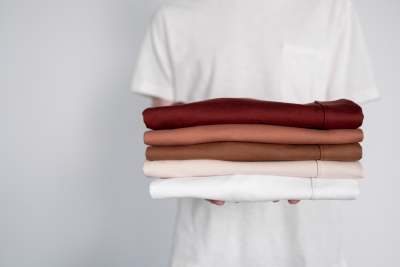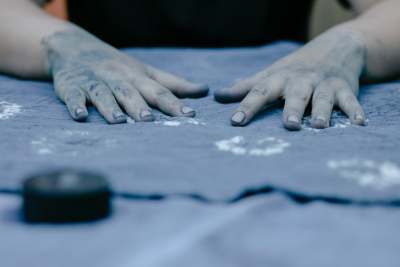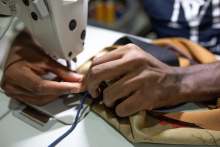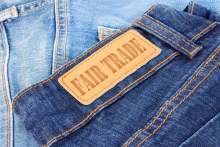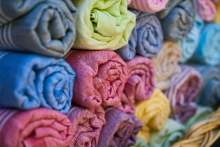From an oil rig worker on the Canadian coast to a cotton spinner in Uzbekistan, hundreds of people can be involved in producing one item of clothes.
Where our clothing is made
The UK imports around £20 million worth of clothing from countries around the world every year. Around 25% of this is estimated to come from China, but Bangladesh, India, Turkey and other European countries such as Italy also supply significant quantities.
These figures, though, only show part of the story. While clothes always have to say where they were produced, the ‘made in’ label only covers the final stage of production, where the clothing was completed and exported from.
Clothing supply chains
In fact, clothes have complex ‘supply chains’ spanning the globe, with numerous companies and potentially hundreds of workers involved. Many different countries supply raw materials like wool or cotton, process these materials into fabric, or provide other components like buttons, zips or buckles.
India and China are the world’s biggest cotton producers, while countries including Vietnam and Malaysia also export polyester fabrics. Polyester and other synthetic fibres are made from fossil fuels, with the biggest producers of oil including the United States, Saudi Arabia and Russia.
Why does it matter where our clothing is made?
The clothing industry is notorious for abuse, from serious violations of workers’ rights to massive greenhouse gas emissions. It is therefore important to know where our clothing is made, so we can do more to identify, remedy and ultimately prevent problems.
Issues will vary around the world. In some countries factory workers receive poverty wages. In others, companies often dump toxic chemicals into rivers or waterways.
NGOs and intergovernmental organisations, retailers and consumers can all act on risks once understood at a country or regional level. They can ensure that workers and communities have support.
For example, governments in both China and Turkmenistan sanction the use of forced labour in cotton picking. Companies have therefore been called on to identify any cotton they are sourcing from the regions involved, and take steps to exclude it from their supply chains
Unfortunately, we usually know very little about where our clothing is made. Very few companies publish information on which manufacturers they use beyond direct suppliers, let alone where the raw materials are produced. For this reason, companies rarely have to take responsibility for funding and profiting from exploitative working conditions. It is often impossible to link retailers in the UK to violations abroad.


